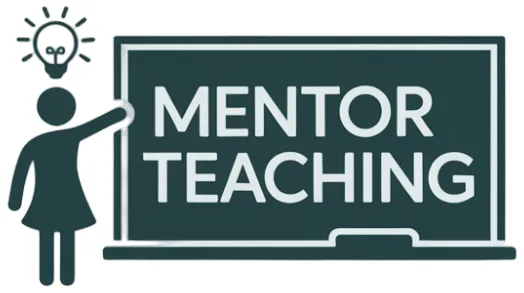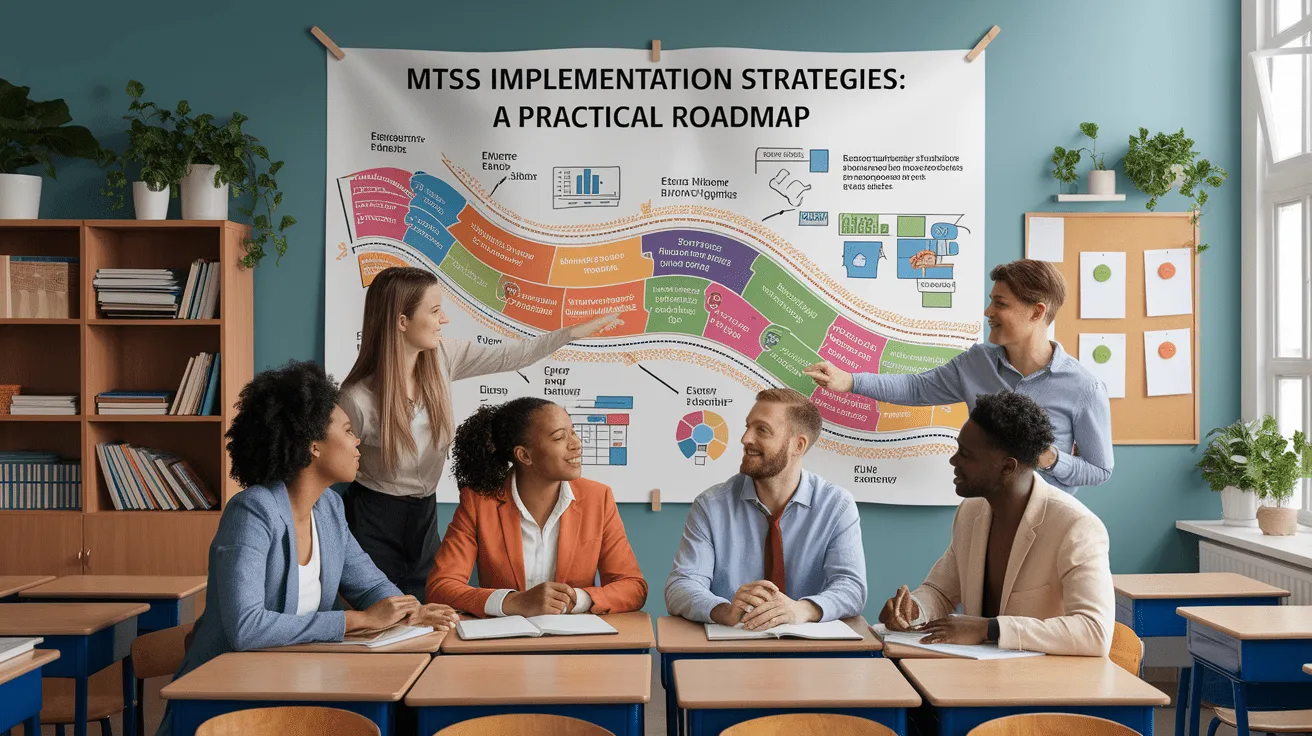Launchpad to MTSS Success
Welcome aboard, fellow educators! Today, we’re taking off into the wonderful world of the Multi-Tiered System of Supports (MTSS)—a framework designed to help every student soar academically and behaviorally. Think of MTSS as your school’s GPS for providing just-right supports: Tier 1 (universal instruction for all), Tier 2 (targeted small group help), and Tier 3 (intensive individual interventions). The goal? Rapid, proactive support that eliminates the “wait to fail” approach and maximizes student success.

Conducting a Needs Assessment
Before we build our MTSS rocket ship, we need to know what parts we already have—and what’s missing. A thorough needs assessment maps out existing resources, strengths, and gaps in instructional practices, behavioral supports, and data systems. This step ensures we’re not just guessing at what’s needed but giving our students the best possible launch. Leverage tools from your district and state guidelines, such as this state-level MTSS strategy guide, to align your assessment with evidence-based frameworks.

- Review current universal screening practices
- Identify areas of inconsistent progress monitoring
- Assess teacher capacity for data-driven decision making
Building Your MTSS Leadership Team
No successful voyage happens without a skilled crew. Form a leadership team that includes administrators, teachers from various grade levels, special education specialists, and counselors. This team champions MTSS implementation, ensuring fidelity and systematic rollout. The MTSS implementation guide emphasizes collaborative teams as the backbone of sustainable change—this is where communication channels are strengthened and resource allocation is planned.

Designing Tiered Interventions
Now comes the fun part—building the tiered intervention framework. Start with high-quality Tier 1 instruction accessible to all students. Provide Tier 2 interventions for small groups needing more targeted support, and Tier 3 interventions for intensive, individualized needs. Match interventions to the intensity required, following clear protocols for entry and exit. By embedding Positive Behavioral Interventions and Supports (PBIS) into each tier, schools can foster both academic and behavioral growth.

- Define intervention goals and measurable outcomes
- Establish consistent progress monitoring procedures
- Integrate evidence-based academic and behavioral strategies
Implementing Data-Driven Decision Making
In MTSS, data isn’t just numbers—it’s your compass. Strong data collection systems guide every course correction, from universal screening to progress monitoring. Use structured decision-making protocols when reviewing student performance data to determine tier movement and adjust interventions. Reliable data ensures interventions are matched to student needs and delivered with fidelity.
- Set screening and monitoring schedules
- Train staff on interpreting data accurately
- Facilitate collaborative data review meetings
Providing Ongoing Professional Development
Teaching is a lifelong learning adventure, and MTSS thrives when educators are confident navigators. Ongoing professional development builds skills in data literacy, intervention design, and collaborative problem-solving. Tailor PD to the realities of your school, whether elementary, middle, or secondary. Secondary schools, for example, benefit from targeted insights found in secondary-specific MTSS resources—these address complex schedules and adolescent needs.
Engaging Families and Stakeholders
Families and stakeholders are key partners on this mission. Engage them early and often through transparent communication, progress updates, and invitations to collaborate. Student success skyrockets when parents, community members, and school staff work together toward common goals. Share MTSS processes in clear, accessible language and celebrate successes together.
Ensuring Sustainability and Continuous Improvement
MTSS isn’t a “set it and forget it” system; it thrives on continuous improvement. Use fidelity checks to ensure strategies are executed as planned, and adjust based on outcome data. Sustainability planning includes regular review of infrastructure, updated training, and consistent leadership support, as outlined in the MTSS strategy guide. A steady commitment to tweaking and refining keeps your system strong over the long haul.
MTSS Momentum: Keeping the Wheels Turning
Even the best systems can lose steam without attention. To maintain MTSS momentum, schedule regular leadership meetings, keep communication flowing among collaborative teams, and celebrate progress visibly. Use data not just for intervention but also for recognizing growth at all tiers. Remember, MTSS is about moving forward together—one well-planned step at a time.
So strap in, keep your eyes on the data, and let your MTSS implementation journey inspire achievement across your school community!




